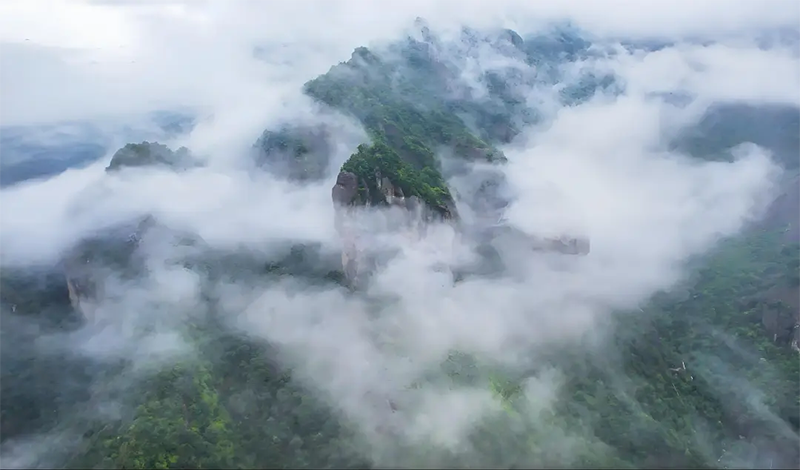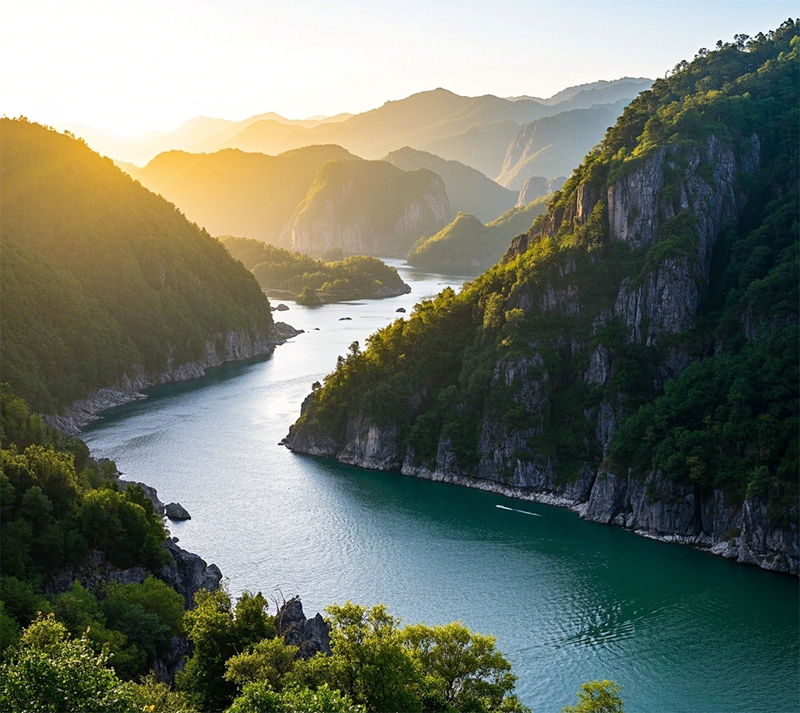Qingming Festival: A Journey Through Wenzhou’s Culture and Natural Beauty
The Qingming Festival is not only a time to honor ancestors but also a wonderful opportunity to explore Wenzhou’s rich culture and stunning landscapes. Today, let’s step into Wenzhou together—to experience the deep traditions of this Chinese festival and discover the city’s unique natural charm!

Part 1: Jiangxin Islet: A Cultural Stroll Through Poetry and Painting
Known as the "Island of Chinese Poetry," Jiangxin Islet is a cultural landmark of Wenzhou. During Qingming Festival, the island comes alive with swaying willow branches and cherry blossoms like snow. Walk along the ancient stone-paved paths, explore Jiangxin Temple, and recite classic poems in front of Haoran Pavilion—immersing yourself in the fusion of history and springtime beauty.
Address: Oujiang River Center, Lucheng District, Wenzhou
Transport: Take a bus to Jiangxin Pier, then a 10-minute ferry ride
Tip: Visit in the evening to enjoy the "Moonlit Oujiang River"—and don’t miss the island’s creative cultural-themed ice cream!

Part 2: Yandang Mountain: Hiking Among Waterfalls and Immortal Landscapes
During Qingming, Yandang Mountain dazzles with cascading waterfalls and blooming azaleas. Marvel at the surreal rock formations of Lingfeng’s night view, stand before the mighty Dragon Waterfall (Dalongqiu), and walk along Fangdong’s cliffside plank road for breathtaking sea of clouds—as if stepping into a Jin Yong martial arts novel.
Address: Yandang Mountain Scenic Area, Yueqing City
Transport: Take a high-speed train to Yandangshan Station, then transfer to a scenic area shuttle
Tip: Waterfalls are even more spectacular after rain—wear anti-slip shoes! Stay overnight in a local guesthouse for authentic cuisine.

Part 3: Nanxi River: Drifting Through Ancient Villages, Embracing Rustic Poetry
Glide along Nanxi River on a bamboo raft, passing lush riverside forests. Wander through Cangpo Ancient Village, where Ming-era architecture whispers of Song Dynasty elegance. Sip tea under the eaves of Lishui Old Street, or admire the misty terraced fields of Ming’ao—reveling in a Tao Yuanming-esque idyllic spring.